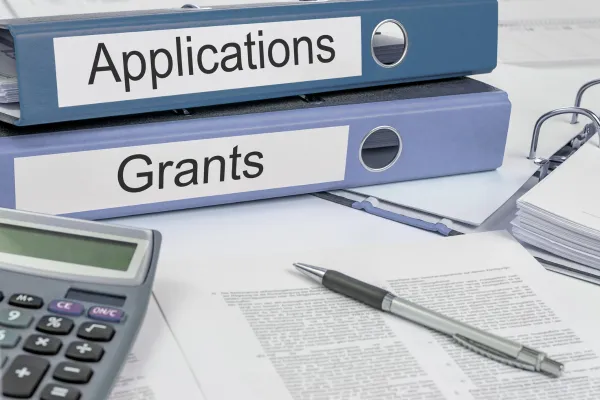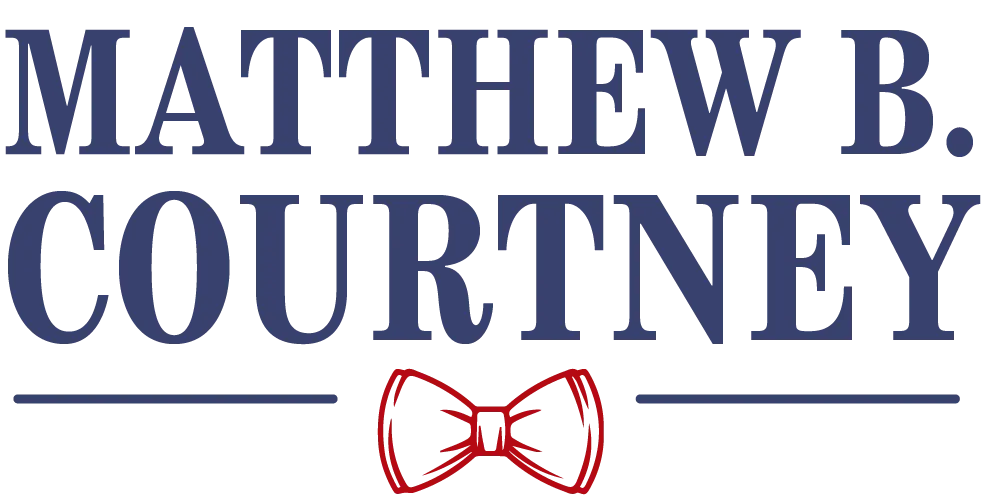
The 5 Questions Every Nonprofit Should Be Ready to Answer in a Grant Proposal
Grant funding can transform a nonprofit’s ability to serve its community, but proposals are often intimidating. Funders ask for a wide range of information, from numbers to stories, budgets to outcomes. The truth is that most funders are looking for the same five pieces of information. If your organization can answer these questions clearly, you will strengthen your grant applications and set yourself apart from the competition.
Question 1: Who do you serve?
Funders need to know that their dollars will reach the people they care most about. Every grantmaker has priorities, whether that is youth, families living in poverty, communities of color, or a geographic region. Your job is to show that your beneficiaries align with their mission. That means sharing the number of people you serve, their demographics, and the specific characteristics that matter to the funder. For example, “In 2024, we served 325 families across three rural counties. Eighty percent of participants live below the federal poverty line, and nearly half are single-parent households.” To prepare, start collecting this information consistently through simple intake forms and participation logs.
Question 2: What problem are you solving?
A clear problem statement is at the heart of every strong proposal. Funders want to know that your work addresses a genuine community need, not just a good idea. You need to demonstrate with data and stories why the issue matters and why your organization is well positioned to respond. For example, “In our region, nearly 40 percent of students enter kindergarten without basic literacy skills. Without intervention, these students are four times more likely to drop out of high school. Our program helps close this gap by preparing children for success before they ever enter the classroom.” To prepare, gather local statistics, research reports, and examples from your participants that illustrate the urgency of the issue.
Question 3: How do you know your program works?
Funders are not interested in activities alone; they want to see results. It is not enough to say, “We run an afterschool tutoring program.” You must demonstrate that tutoring leads to improved grades, higher confidence, or stronger graduation rates. This is where program evaluation comes in. Show short-term outcomes like pre and post changes in skills or knowledge, and long-term outcomes such as sustained employment or continued school success. For example, “Ninety percent of our students improved at least one letter grade in math within six months, and seventy percent reported increased confidence in problem solving.” Even simple tools like surveys or retention rates can provide the evidence you need.
Question 4: How will you use the money?
Funders want reassurance that their investment will be used wisely. A clear, transparent budget shows that you are prepared and responsible. Break down major expenses such as staff, supplies, training, or overhead. Make sure your budget aligns directly with the program activities you described earlier. For example, if you request funds for technology, show how that technology will help participants reach their goals. A well explained budget demonstrates efficiency and builds confidence in your organization.
Question 5: How will you sustain the program?
Grantmakers want to know that their funding is not a one-time bandage. They look for signs that you have a plan for long term sustainability, whether through additional grants, earned income, partnerships, or ongoing donor support. Your proposal should explain how you will continue serving participants after their funding cycle ends. For example, “This grant will help us expand our pilot program. After year one, the school district has agreed to cover staff salaries, and we will maintain a strong partnership to ensure long term success.” Demonstrating sustainability shows that you are strategic, resilient, and future focused.
In conclusion, funders want clarity and confidence. If you can answer these five questions with strong data, compelling stories, and clear plans, your proposals will stand out. Even better, preparing these answers will strengthen your organization beyond grant writing. You will understand your community better, measure your results more effectively, and build trust with all of your stakeholders.
If you’re not sure where to start, you don’t have to do it alone. Book a free consultation call today, and let’s talk about how to make your nonprofit fully grant-ready. Together, we can turn your data and stories into the kind of evidence funders can’t ignore.
